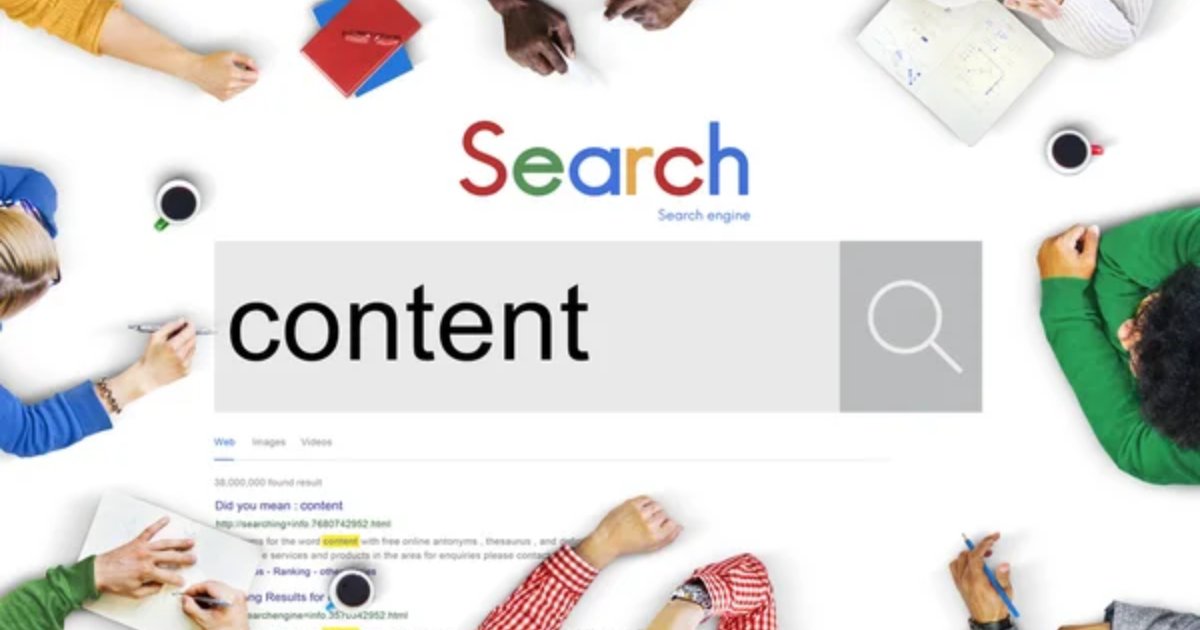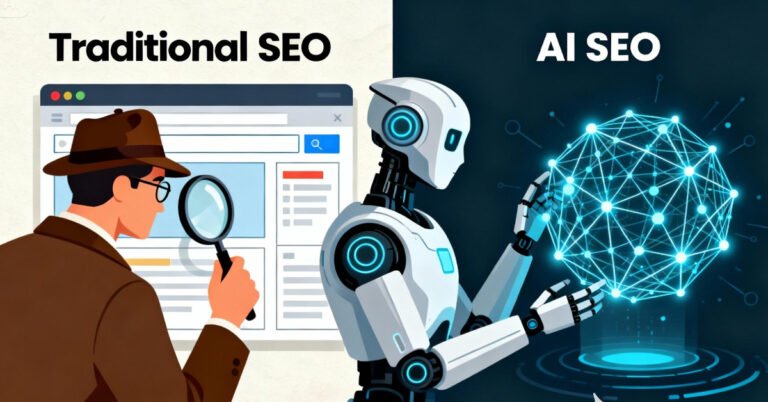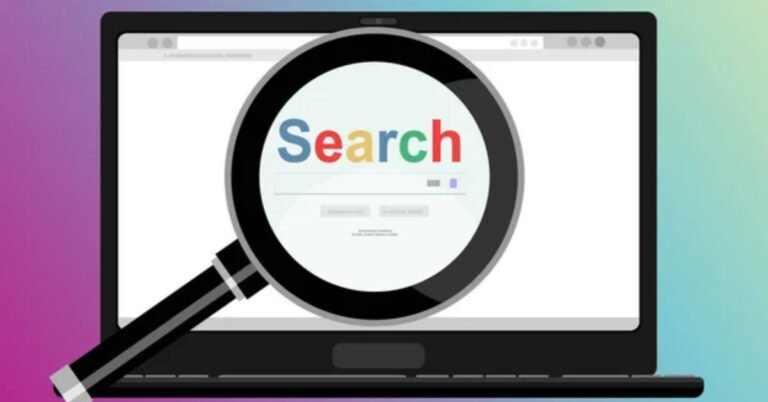When people use Google, Bing, or any other search engine, they have a reason for typing in their query. They might want information, look for a product, or need help completing a task. This underlying reason is what we call search intent. In SEO, search intent is one of the most important factors for ranking higher and meeting user needs. If your content matches the intent of your target audience, you not only rank well but also keep visitors engaged.
In this blog, we will break down what search intent is, the different types of intent, and how you can optimize your website to meet user goals. We will also explain why understanding intent is key to successful SEO and how an SEO Expert can help you build strategies around it.
What is Search Intent?
Search intent, also known as user intent, is the main goal a person has when typing a query into a search engine. It answers the question: What does the searcher want to achieve?
For example:
- If someone types “best wood fireplaces”, they are likely looking for options to compare.
- If they type “buy wood fireplace online”, they want to make a purchase.
- If they search “how to clean a wood fireplace”, they are looking for a step-by-step guide.
Even though all three queries are related to fireplaces, the intent is different. Google’s algorithm has become very smart at understanding this. That is why your content must align with the user’s intent if you want to rank higher.
Why is Search Intent Important in SEO?
Search intent is important because search engines want to provide the most relevant result for users. Google’s mission is clear: help people find what they are looking for as fast as possible.
If your content does not match the user’s intent, it will struggle to rank—even if it has the right keywords. On the other hand, if your page satisfies intent, it can rank higher, attract more visitors, and keep users engaged.
Here’s why search intent matters in SEO:
- Better Rankings – Google rewards content that best matches user goals.
- Higher Engagement – If visitors find what they want, they stay longer.
- More Conversions – Matching purchase intent leads to more sales.
- Lower Bounce Rate – Content that matches intent keeps people on your site.
- Stronger Trust – When users find value, they see your brand as reliable.
In short, aligning with search intent helps you grow traffic, build trust, and increase revenue.
The Four Main Types of Search Intent
To optimize your website, you need to understand the types of search intent. Each type reflects a different stage in the user journey.
1. Informational Intent
Users want to learn something. They are not ready to buy yet but want answers.
Examples:
- “What is search intent in SEO?”
- “How does a fireplace work?”
- “SEO checklist for beginners.”
How to optimize:
- Create blog posts, guides, FAQs, and tutorials.
- Provide simple, clear, and detailed answers.
- Use images, charts, or videos to explain complex topics.
2. Navigational Intent
Users want to find a specific website, brand, or service.
Examples:
- “Facebook login”
- “iPhone official site”
- “Ahrefs keyword tool”
How to optimize:
- Make sure your brand ranks for your name.
- Use proper on-page SEO for brand keywords.
- Claim your business on Google My Business.
3. Transactional Intent
Users want to make a purchase right now.
Examples:
- “Buy wood-burning fireplace online”
- “Best price iPhone 14”
- “Order SEO services”
How to optimize:
- Create product and service pages.
- Add clear calls-to-action (CTA).
- Show reviews, pricing, and shipping details.
4. Commercial Investigation Intent
Users are comparing options before buying.
Examples:
- “Best SEO tools 2025”
- “Wood fireplace vs gas fireplace”
- “Top SEO Expert in Bangladesh”
How to optimize:
- Write comparison blogs.
- Create “best of” lists.
- Highlight pros and cons with honest details.
How to Optimize Content for Search Intent
Now that you know the types of intent, let’s look at strategies to optimize your content for user goals.

Step 1: Do Keyword Research with Intent in Mind
Not all keywords have the same purpose. Some bring traffic but not sales. You must identify intent-based keywords.
For example:
- Informational keyword: “What is SEO?”
- Commercial keyword: “Best SEO services for small business.”
- Transactional keyword: “Hire SEO Expert.”
Tools like Google Keyword Planner, SEMrush, and Ahrefs can help you analyze keywords and intent.
Step 2: Analyze the SERP (Search Engine Results Page)
Google’s first page shows you what users expect. For example:
- If you search “fireplace ideas,” you see images and blogs.
- If you search “buy fireplace near me,” you see product listings and maps.
By studying the SERP, you can understand which type of content performs best.
Step 3: Create Content That Matches User Goals
Once you know the intent, create content that gives users exactly what they need.
- For informational intent: Write blogs, how-to guides, and explainer videos.
- For commercial intent: Publish product reviews and comparisons.
- For transactional intent: Build strong product pages with clear CTAs.
Step 4: Use Proper On-Page SEO
- Add the main keyword in the title, headings, and meta description.
- Use natural language that answers questions directly.
- Include internal links to related pages for better navigation.
Step 5: Improve User Experience (UX)
Search intent is not only about keywords; it’s also about experience.
- Ensure your site loads fast.
- Make pages mobile-friendly.
- Use easy-to-read formatting (short sentences, bullet points, headings).
- Add visuals to make content engaging.
Step 6: Optimize for Voice Search and AI Results
With AI search and voice assistants like Siri and Alexa, people now use conversational queries.
Example: Instead of typing “SEO services”, they ask “Which SEO services are best for small businesses?”
To optimize:
- Use long-tail, question-based keywords.
- Write in a natural, conversational style.
- Add structured data (schema markup) for better visibility.
7: Optimize for Local SEO
If your business serves a local area, you must target local intent.
- Add your business name, address, and phone number (NAP) on every page.
- Create a Google Business Profile.
- Use local keywords like “SEO expert in Multan” or “fireplace store near me.”
- Collect and display customer reviews.
Step 8: Optimize for E-Commerce SEO
For online stores, intent plays a big role in sales.
- Write detailed product descriptions with clear benefits.
- Use high-quality product images and videos.
- Add user reviews and ratings.
- Optimize category and product pages with intent-based keywords.
- Make checkout smooth with clear CTAs.
Examples of Search Intent in Action
Let’s take the topic of fireplaces as an example:
- Informational intent: “How to install a wood fireplace.”
- Navigational intent: “Belle Flame fireplaces website.”
- Commercial intent: “Best wood fireplace for large living rooms.”
- Transactional intent: “Buy Belle Flame fireplace online.”
If you run a fireplace business, your website should cover all these types of intent. That way, you attract people at every stage of the buying journey.
Common Mistakes Businesses Make with Search Intent
Even though intent is critical, many businesses make mistakes that cost them rankings and conversions. Here are the common ones:
- Keyword Stuffing – Using the same keyword many times without context.
- Mismatched Content – Writing a blog when users want a product page.
- Ignoring User Journey – Only targeting transactional intent and missing awareness-stage keywords.
- Poor Content Structure – Long blocks of text with no headings or bullets.
- Not Updating Content – Old and outdated pages no longer match intent.
Avoiding these mistakes will help you win trust and traffic.
How an SEO Expert Helps with Search Intent
Understanding search intent takes research, strategy, and experience. A professional SEO Expert can:
- Identify intent-driven keywords.
- Create a content map based on user goals.
- Optimize your website for both users and search engines.
- Improve your site’s technical SEO for better crawling and indexing.
- Build authority with high-quality backlinks.
By working with a skilled SEO professional, you can save time and focus on growing your business while the expert ensures your website ranks well.
Why SEO Services are Important for Intent Optimization
Intent optimization is not a one-time job. Search engines update their algorithms often, and user behavior keeps changing. This is why businesses invest in seo services.
Good SEO services include:
- Keyword and intent research.
- On-page and off-page optimization.
- Content creation and strategy.
- Technical SEO improvements.
- Performance tracking and reporting.
With the right services, your site stays competitive and continues to bring in the right traffic.
Final Thoughts
Search intent is at the heart of SEO. If you want to rank higher, attract the right audience, and grow your business, you must understand what users are really looking for. By creating content that aligns with informational, navigational, commercial, and transactional intent, you cover every stage of the customer journey.
Whether you are writing blogs, building product pages, or creating comparison guides, always keep the user’s goal in mind. When you match intent, you build trust, increase conversions, and set your business apart.
Working with an experienced SEO Expert and investing in professional SEO Services can make this process much easier. With the right strategy, your website will not only rank well but also provide real value to users.
Frequently Asked Questions:
-
What is search intent in SEO?
It is the goal a user has when typing a query into Google.
-
Why is search intent important?
Because it helps you create content that matches what people want, which boosts rankings.
-
How many types of search intent are there?
Four main types: informational, navigational, commercial, and transactional.
-
How do I know a keyword’s intent?
Look at the search results. If blogs appear, it’s informational. If product pages show, it’s transactional.
-
Can one keyword have more than one intent?
Yes, some keywords are mixed. For example, “SEO tools” can be informational or commercial.
-
How does search intent affect ranking?
Google ranks pages that best match what the user is looking for.
-
Should I always target transactional intent?
Not always. Informational content builds trust and can lead to sales later.
-
How do I optimize a page for intent?
Match the content format, tone, and depth with what the user expects.
-
Does intent matter for local SEO?
Yes, queries like “best pizza near me” show strong local and transactional intent.
-
What happens if I ignore search intent?
Your page may rank lower, get fewer clicks, and people will leave fast.





